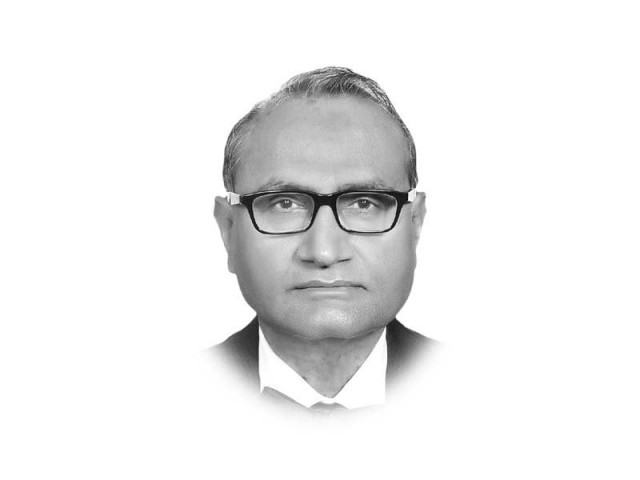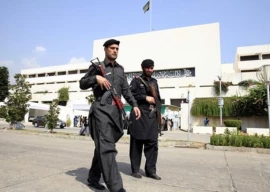
Concentration of credit and inter-locking directorships of financial and industrial houses were among the major criticisms against the Ayubian “decade of development”. Prime Minister Zulfikar Ali Bhutto’s government gave extensive powers to the SBP under the Banking Reforms of 1972 to satisfy the demands of social justice. A National Credit Consultative Committee was set up to allocate credit within a planned framework. Not considered enough, all banks, including the SBP, were nationalised on January 1, 1974. The practice of an annual address by the governor was discontinued. The Pakistan Banking Council was created with functions overlapping with the SBP. General Zia’s regime introduced Islamic financing in 1980. The regime misused the SBP’s extensive powers to eventually leave a legacy of massive loan write-offs.
With the return of democracy came the financial sector reform in 1989 during the first Benazir government. Deregulation, liberalisation and privatisation — the so-called Washington consensus — required the restoration of autonomy. In October 1993, the caretaker government of Moin Qureshi issued an ordinance to amend the State Bank Act to achieve this objective. However, the Act passed during the second Benazir government in February 1994 added the Monetary and Fiscal Policies Coordination Board. Headed by the Finance Minister, this board set the direction of monetary policy during the second Nawaz regime and the government of General Musharraf. His finance minister used the forum to lecture the governor of the State Bank not to take his/her autonomy too seriously. For three years after 2007, no finance minister held any meeting of the board. While considering an amendment in 2010 to abolish the board, the Senate Standing Committee on Finance censured them for ignoring the board. While the board survived, the amendments to the Act in November 2015 created a Monetary Policy Committee with the mandate to formulate it independently.
Autonomy, however, cannot merely be achieved by desired legislation. It has also to be exercised, a rare example of which was set by an acting governor last year by allowing rupee depreciation. That said, the recent breakdown of the Phillips curve, the inflation-unemployment relationship justifying autonomy, gives fresh food for thought to the SBP at 70.
Published in The Express Tribune, June 29th, 2018.
Like Opinion & Editorial on Facebook, follow @ETOpEd on Twitter to receive all updates on all our daily pieces.


















COMMENTS
Comments are moderated and generally will be posted if they are on-topic and not abusive.
For more information, please see our Comments FAQ